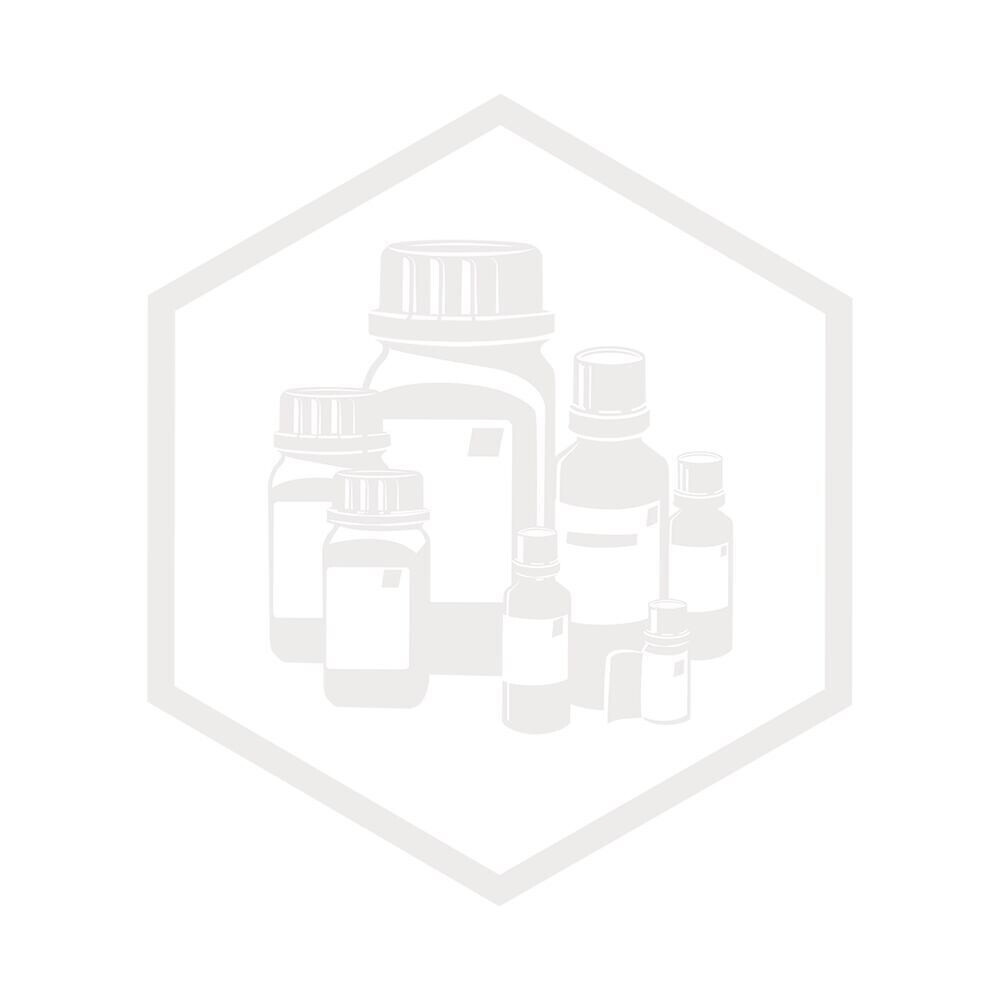Verzending 24–48 u • Levering in de hele EU • Veilige chemieverpakking
Sulfur pieces 99.99% 25 g
SKU 009419-1
€ 121,77
In stock
1
Save this product for later
Sulfur pieces 99.99%
25 g
Product Details
CAS number: 7704-34-9
Cation: S
Packaging: 25 g
EAN: 8721028252951
Brand: Laboratoriumdiscounter
Sulfur pieces are a versatile and essential element in various industries. Known for their distinct yellow color and pungent odor, these pieces are widely used in the production of fertilizers, chemicals, and pharmaceuticals. With their exceptional properties, sulfur pieces play a crucial role in promoting plant growth, controlling pests, and improving soil quality. Additionally, they are utilized in the manufacturing of rubber, paper, and detergents. Explore the wide range of applications and benefits that sulfur pieces offer in different sectors.
When working with sulfur pieces, it is important to follow these safety instructions: 1. Wear appropriate personal protective equipment (PPE) such as gloves, safety goggles, and a lab coat or protective clothing. This will help protect your skin, eyes, and clothing from potential contact with sulfur. 2. Work in a well-ventilated area or under a fume hood to prevent the inhalation of sulfur fumes. Sulfur can release toxic fumes when heated or burned, so ensure proper ventilation to avoid respiratory issues. 3. Keep sulfur away from open flames or any ignition sources. Sulfur is flammable and can ignite easily, so it is crucial to work in a fire-safe environment and avoid any potential fire hazards. 4. Store sulfur in a cool, dry place away from incompatible materials. Sulfur can react with certain substances, such as strong oxidizers or metals, so it is important to store it separately to prevent any unwanted reactions. 5. Avoid direct contact with sulfur. While sulfur is generally considered safe to handle, prolonged or repeated contact with the skin can cause irritation or allergic reactions in some individuals. If contact occurs, wash the affected area thoroughly with soap and water. 6. Clean up any spills or residues promptly. If sulfur spills or leaves residues on surfaces, clean it up immediately using appropriate methods. Avoid spreading the sulfur or allowing it to come into contact with incompatible materials. 7. Dispose of sulfur waste properly. Follow local regulations and guidelines for the disposal of sulfur waste. Do not dispose of it in regular trash or pour it down the drain. Remember, these safety instructions are general guidelines, and it is important to consult specific safety data sheets (SDS) and follow any additional safety precautions provided by the manufacturer or your workplace.
Please note, not all safety data for this product is available on our website, for a complete list of P en H sentences and other safety instructions please request the MSDS at our customer service
You May Also Like

2-(benzyloxy)-5-bromobenzaldehyde, 95.0%, 10g
2-(benzyloxy)-5-bromobenzaldehyde, 95.0%, 10g
SKU F307426-10G
€ 176,00
Display prices in:EUR


![2-{[4-methyl-5-(thiophen-2-yl)-4h-1,2,4-triazol-3-yl]sulfanyl}acetic acid, 95+%, 1g 2-{[4-methyl-5-(thiophen-2-yl)-4h-1,2,4-triazol-3-yl]sulfanyl}acetic acid, 95+%, 1g](https://d2j6dbq0eux0bg.cloudfront.net/images/88473019/4857598724.png)
![tert-Butyl (4-bromo-7-fluorobenzo[d]thiazol-2-yl)carbamate, 98%, 500mg tert-Butyl (4-bromo-7-fluorobenzo[d]thiazol-2-yl)carbamate, 98%, 500mg](https://d2j6dbq0eux0bg.cloudfront.net/images/88473019/4771623776.png)




![7-Methyl-1h-pyrrolo[3,2-b]pyridine-3-carboxylic acid, 98+%, 250mg 7-Methyl-1h-pyrrolo[3,2-b]pyridine-3-carboxylic acid, 98+%, 250mg](https://d2j6dbq0eux0bg.cloudfront.net/images/88473019/4782641738.png)

![1-Methyl-6-(4,4,5,5-tetramethyl-1,3,2-dioxaborolan-2-yl)-1H-benzo[d]imidazole, 100mg 1-Methyl-6-(4,4,5,5-tetramethyl-1,3,2-dioxaborolan-2-yl)-1H-benzo[d]imidazole, 100mg](https://d2j6dbq0eux0bg.cloudfront.net/images/88473019/4856852208.png)

